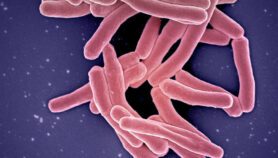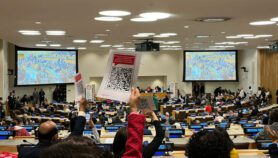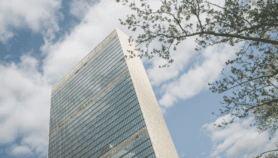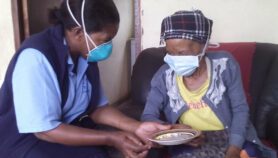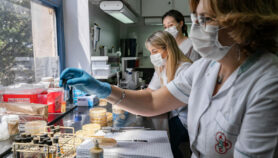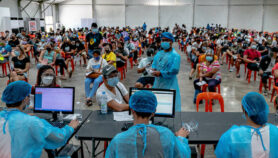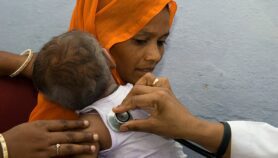By: M. Sreelata
Send to a friend
The details you provide on this page will not be used to send unsolicited email, and will not be sold to a 3rd party. See privacy policy.
[NEW DELHI] Fake and substandard drugs are endangering public health — and their manufacture and sale rank among the easiest to commit but least detected crimes internationally — according to a report, which calls for better access to novel technologies to tackle the problem.
The situation is exacerbated by problems with drug quality testing in low- and middle-income countries, where poorly trained chemists and weak infrastructure are common obstacles, says the US Institute of Medicine (IOM) report published last week (13 February).
The costs associated with developing new detection technologies are also a barrier to making available robust, sustainable, user-friendly and inexpensive technologies, it says.
SPEED READ
- High costs and poor training and infrastructure constrain drug testing in poorer countries
- A separate report shows poor quality TB drugs are abundant in these markets
- There is a debate on origins of poor drugs and how to best tackle the issue
The report recommends steps to improve governmental capacity for identifying fake or substandard products. These include making detection technologies more accessible in low- and middle-income countries, and ensuring that field technologies and techniques are cheap, durable and easy to use and maintain.
It says that the US National Institute of Standards and Technology "should fund the development of a central repository for existing and newly innovative detection, sampling, and analytical technologies, ranging from field and rapid screening technology to sophisticated laboratory based assessments, to identify substandard and falsified medicines".
It also calls for a global agreement on a WHO-drafted international code of practice — the Model Quality Assurance System — that would include "guidelines on surveillance, regulation, and law enforcement", to be adopted by all countries.
The report follows a study published online this month in the International Journal of Tuberculosis and Lung Disease, which found that "substandard and falsified drugs are readily available … and probably contribute to anti-tuberculosis (TB) drug resistance in low- and middle-income countries".
The study examined the common TB drugs isoniazid and rifampicin. Sample drugs were purchased from pharmacies in 19 cities across Africa, as well as Brazil, China, India, Russia, Thailand and Turkey.
Of more than 700 TB drug samples, nine per cent overall failed basic quality testing. This included a failure rate of 16 per cent in Africa, ten per cent in India, and around four per cent in other countries.
The US report says the quality of drugs produced by pharmaceutical companies varies according to distribution location. Often, better quality drugs are produced for high income countries, where drug testing is more rigorous, while poorer quality drugs are found in low- and middle-income countries, where drug testing standards tend to be lower.
"Firms that offer the cheapest prices do so by buying impure ingredients and cutting corners in formulation," the report says. Countries like India, where there is a high incidence of fake drugs, also have a low number of raids for fake drugs, it says.
"This indicates that, while there is international suspicion that many falsified medicines originate from India, the Indian government, both federal and state-level, is not at all interested in medicine quality in general and fake medicines in particular," Hans V. Hogerzeil, professor of global health at the University of Groningen, the Netherlands, and member of the IOM committee that authored the report, tells SciDev.Net.
This is part of a "long-standing government policy that puts industrial interests above public health," he adds.
But Indian public health activist Mira Siva is sceptical about concerns over fake drugs, which she says, are veiled attempts to promote large multinationals at the expense of the smaller companies that make generic drugs in Brazil and India.
"When they lump everything as counterfeit we don’t agree," she says. "They are trying to brand all that comes from India or smaller countries as useless and harmful. Why would a company […] make substandard drugs that would harm its reputation? Similarly how would small players find the means to export fake drugs?"
Link to study abstract in International Journal of Tuberculosis and Lung Disease
References
International Journal of Tuberculosis and Lung Disease doi:10.5588/ijtld.12.0355 (2013)




